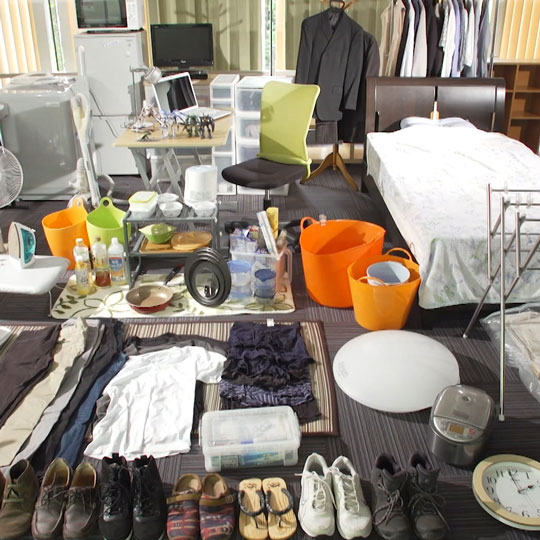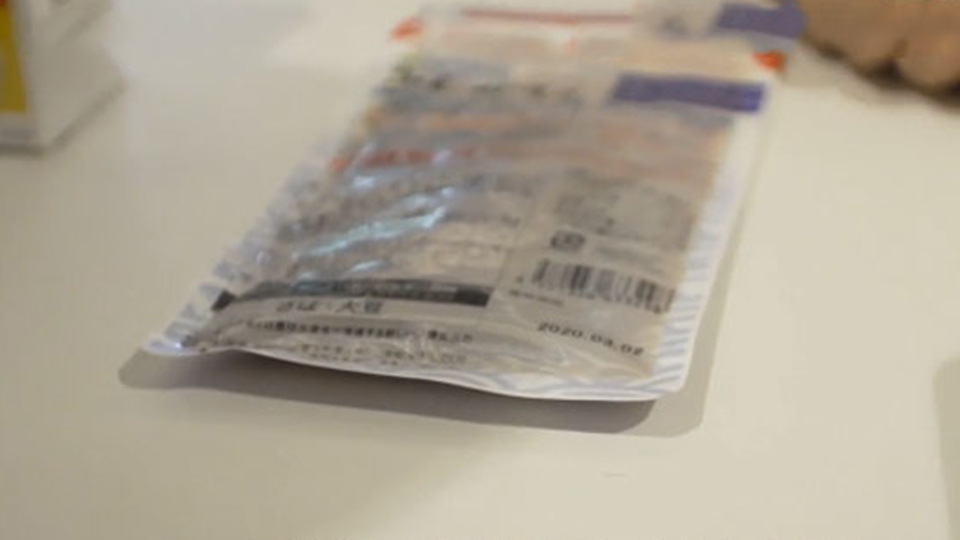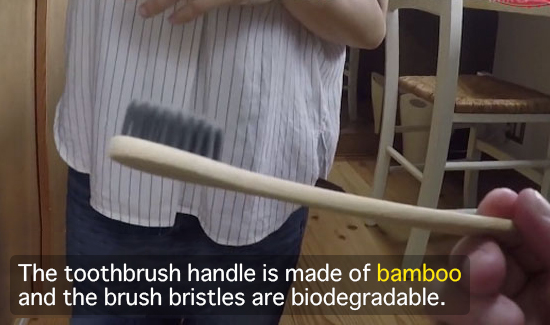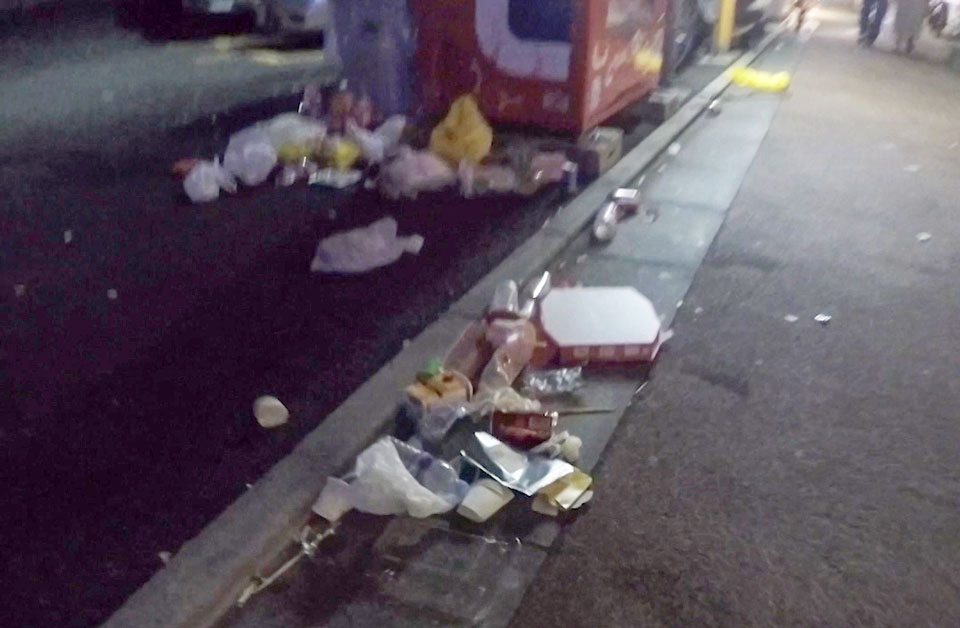Is it possible to live plastic-free?
Japan has been drawing public condemnation for spilling out plastic waste for other countries to dispose of. Searching for clues to address this problem, I decide to examine my own experience.
Day 1: First, I try to get rid of everything in my home made of plastic. The things I notice immediately are in the bathroom. My toothbrush and toothpaste and shampoo containers are all plastic. Most of my clothing also has a small percentage of plastic mixed into the material. More than 500 items in total, including my ID card, ATM card and eye glasses, all contain plastic, making me realize how serious our dependency is.

Day 3: I go out grocery shopping and find an even bigger problem waiting for me. Every food item is wrapped in plastic. I go to two supermarkets and a convenience store and it's the same everywhere. Fish and meat are sold on plastic trays. All vegetables are wrapped in clear plastic film. I'm not kidding! I can't buy a single thing. Nothing!
But later, help seems to reach out to me at a small shop selling fish. Their tuna sashimi is offered on a wooden tray. Then, at a nearby vegetable shop in business for 90 years, I tell them, "no plastic please," and they wrap my tomatoes and pickles in newspaper, saying that is how they did it before.
What impresses me most is what the lady of the shop says. "We started using plastic bags when the customers asked for them." It occurs to me then that we might reduce plastic waste by asking shops to wrap with newspaper instead.

Why is the use of plastic containers so widespread? Masanobu Ishikawa, an emeritus professor in environmental policy at Kobe University, says plastic use has evolved according to needs in society. He points out that plastic can be made in a variety of shapes and strengths, that it's durable in heat and water and is multi-functional.

New Rule: stop producing plastic waste
One week has passed, I'm feeling stressed because I can't find a tooth brush, detergent, or other hygiene products that are free of plastic. I'm cleaning my teeth with a cloth. I really want to brush my teeth.
I have reached my limit living without plastic and decide it's time to change the rules. I will continue to use items made of plastic, like home appliances and my smart phone, which are not disposable, but I won't use disposable plastic. The challenge is to see how much plastic waste I can reduce this way.
I meet a pioneer in sustainable living, Yoko Koga, to see how she has been living without plastic for more than a year. She shows me a toothbrush she bought online. The handle is made of bamboo and Koga makes her own toothpaste.

"I feel satisfied with this toothbrush," says Koga. "I've become attached to it. That's why I've been trying to take care of it. I no longer feel that I can easily throw away my toothbrush, even when it breaks down, while with plastic, we think we can just toss it out when minor defects arise."
Returning home, I search the internet to buy a bamboo toothbrush. Unfortunately, it arrives wrapped in a plastic bag. I make the switch to no plastic and it gets delivered to me in plastic!
On my way home from work one night, I see plastic garbage scattered along the streets. It makes me think that individuals alone can't do much to reduce the volume of plastic waste.

Building a campaign against plastic waste
My next destination is the Japanese unit of an international cafe chain that is working to end the use of disposable plastic straws. I ask if it can further reduce its use of plastic containers.
Rei Fukawa is part of the company team responsible for store hygiene and the environment. "If we do away with disposable plastics, it might be somewhat less convenient," she says. "People who don't carry their own cups will have to change their behavior."
The firm says it needs to strike a balance between sustainability and customer convenience. It has been hosting workshops with consumers to find a solution.
"We believe it will be better for society if we and our customers take the first step together toward change," says Fukawa.
Results of my trial
After three weeks I produced less than 40 grams of plastic waste, a tiny fraction of the Japanese 3-week average of 1.8 kilograms. I pushed myself a bit too hard to achieve this, but I knew that I wouldn't reduce much just by being more careful.
My experiment showed me what plastic items we really need and what we probably can do without.
Must-haves: cash cards, ID cards, home electrical items. Don't need: single-use plastic bags and plastic bottles.
Single-use plastic bags are now banned in more than 40 countries, including France, India and China. As both a journalist and a private citizen, I will continue studying how we can build a social environment that frees us from using plastic.

